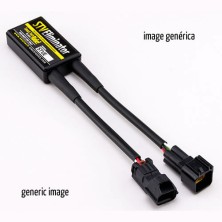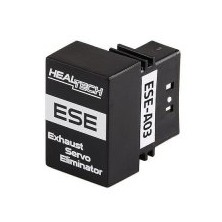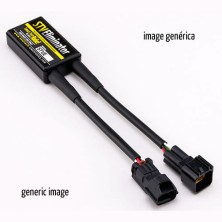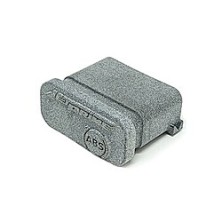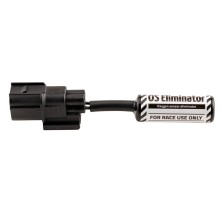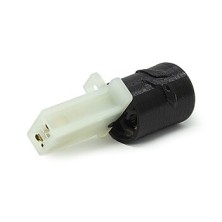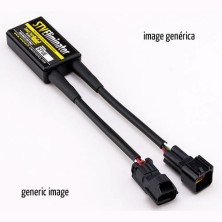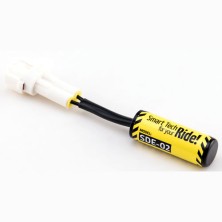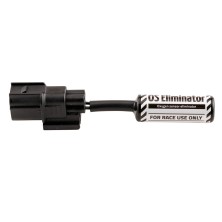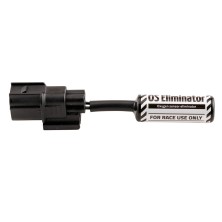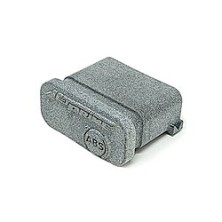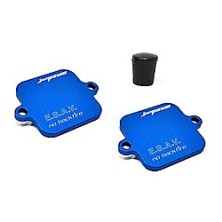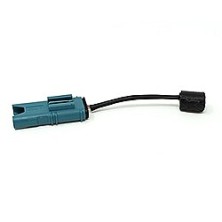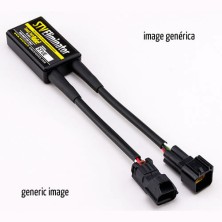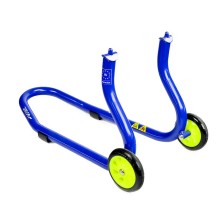HEALTECH STV SECONDARY THROTTLE EMULATOR STVE-02
Recibe este producto sin gastos de envío
HEALTECH STV SECONDARY THROTTLE EMULATOR STVE-02
Why remove the secondary butterflies?
The secondary butterfly actuator/servomotor (STVA) often fails and is usually not available as a spare part, but only together with the complete butterfly body (very expensive!).
COMPATIBILITY BELOW
HEALTECH STV SECONDARY THROTTLE EMULATOR STVE-02
Why remove the secondary butterflies?
The secondary butterfly actuator/servomotor (STVA) often fails and is usually not available as a spare part, but only together with the complete butterfly body (very expensive!).
COMPATIBILITY BELOW
STVE-02
This product is compatible with these motorcycles:
Kawasaki Ninja 250R - 2008-2012
Kawasaki Ninja 250R - 2013
Kawasaki Ninja 250R - 2014-2017
Kawasaki Ninja 650 - 2017
Kawasaki Ninja 650 - 2018
Kawasaki Ninja 650 - 2019
Kawasaki Ninja 650 - 2020
Kawasaki Ninja 650 - 2021
Kawasaki Ninja 650 - 2022 onwards
Kawasaki Versys 650 / KLE 650 - 2019-2021
Kawasaki Versys 650 / KLE 650 - 2022 onwards
Kawasaki Z300 - 2015-2016
Kawasaki Z400 - 2018
Kawasaki Z400 - 2019-2023
Kawasaki Z650 - 2017
Kawasaki Z650 - 2018
Kawasaki Z650 - 2019
Kawasaki Z650 - 2020
Kawasaki Z650 - 2021
Kawasaki Z650 - 2022
Kawasaki Z650 - 2023
Kawasaki Z650 - 2024 onwards
Kawasaki Z650RS - 2022 onwards
Why remove the secondary throttle bodies?
The secondary throttle valve actuator/servomotor (STVA) often fails and is usually not available as a spare part, but only together with the complete throttle body (very expensive!). Therefore, it is common to remove the secondary throttle valves to avoid this unnecessary cost.
On some bikes, removing the secondary throttle valves can also increase performance.
Removing the throttle valves and the servomotor will cause the ECU to detect two faults:
- the absence of the STVA actuator/servomotor
- an incorrect signal from the STPS secondary throttle valve position sensor.
The STVE emulator connects to the STVA and STPS pins of the ECU to provide the correct signals and thus avoid the detection of the two faults.




